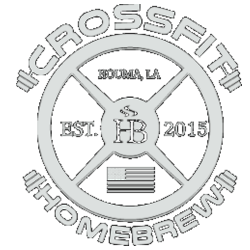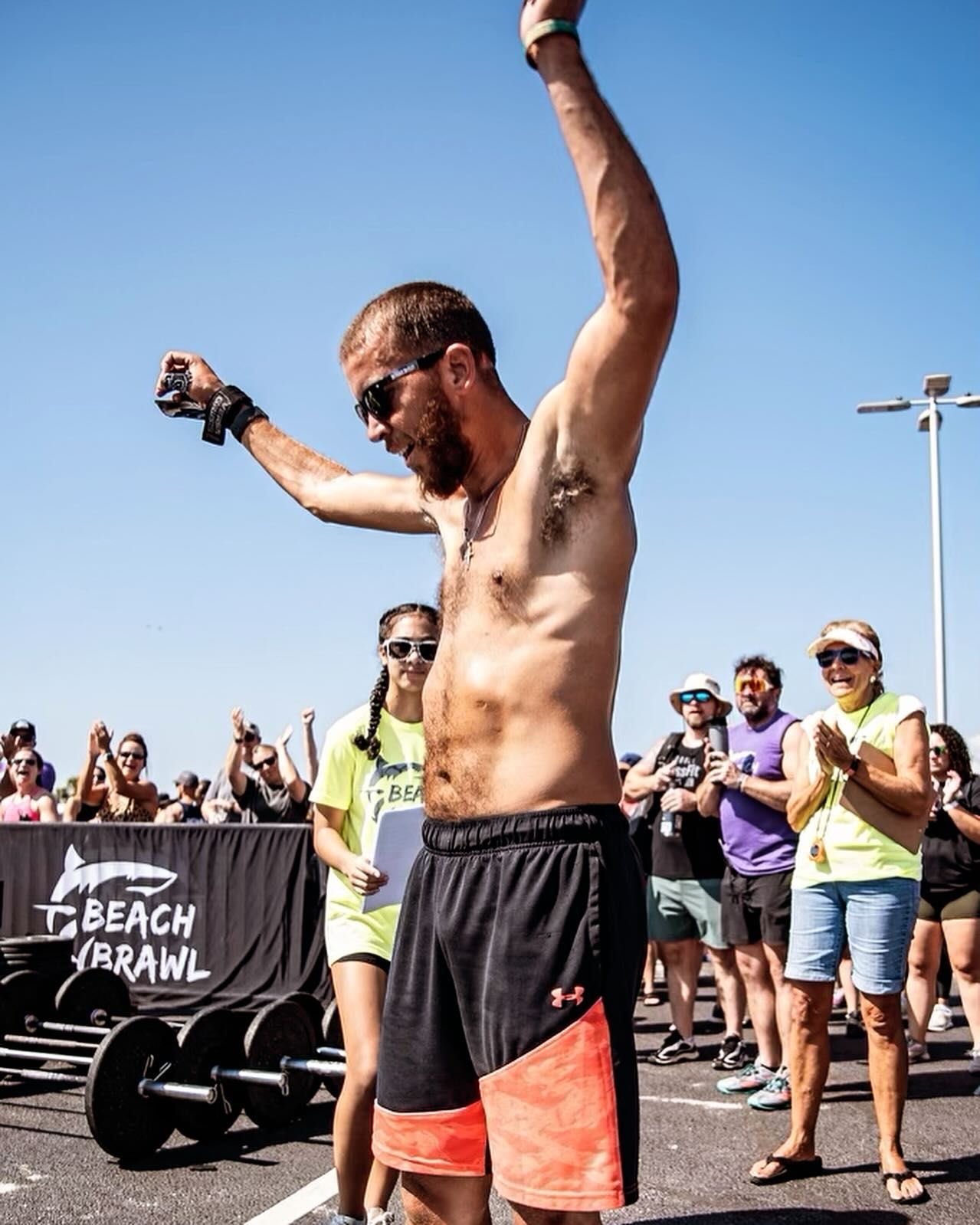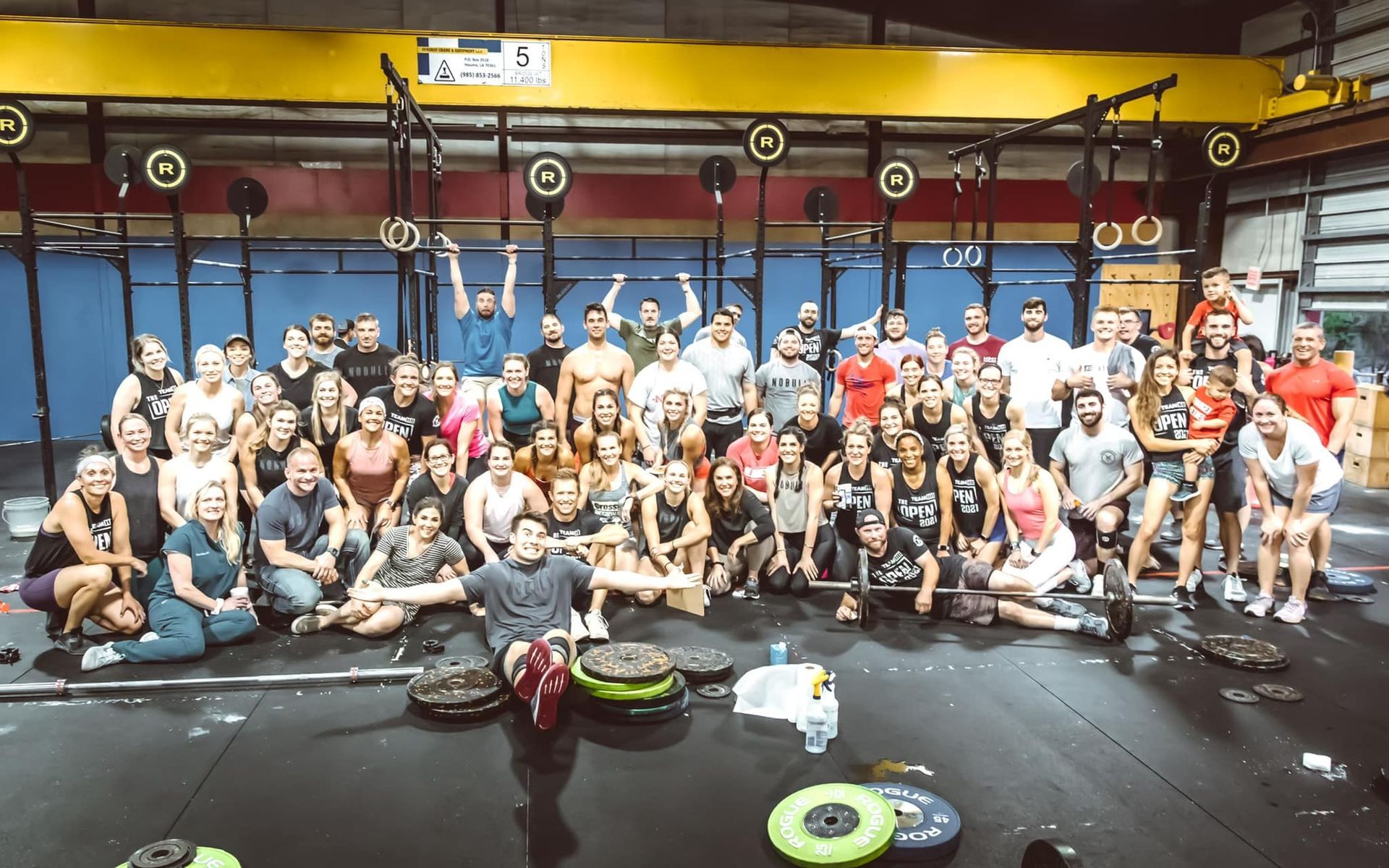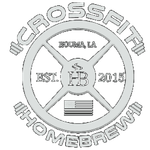CrossFit Gym in Houma, LA
CrossFit Homebrew
The best gym for CrossFit, Fitness, & Community in Houma, LA
Discover the Crossfit Homebrew Experience
Welcome to CrossFit Homebrew, where fitness meets community. Our CrossFit program is designed to help you achieve your fitness goals through high-intensity, functional movements. Whether you're a beginner or a seasoned athlete, our supportive environment and expert trainers will guide you on your journey to a healthier, stronger you.
CrossFit
Forge Your Fitness Path
Join the community of champions and embrace the challenge with our endlessly scalable, constantly varied CrossFit classes in Houma, LA. These classes feature dynamic workouts, expert coaching, and a supportive atmosphere to empower you to exceed your fitness goals and unlock your full potential. Join us at the gym for a workout today!
Schedule
At Crossfit Homebrew, we offer a flexible schedule to accommodate your fitness needs. With a variety of CrossFit class times available throughout the week, you can find the perfect time to get your workout in.
| Monday |
|---|
| CrossFit 5:00 AM - 6:00 AM |
| CrossFit 8:30 AM - 9:30 AM |
| CrossFit 12:00 PM - 1:00 PM |
| CrossFit 4:30 PM - 5:30 PM |
| CrossFit 5:30 PM - 6:30 PM |
| CrossFit 6:30 PM - 7:30 PM |
| Tuesday |
|---|
| CrossFit 5:00 AM - 6:00 AM |
| CrossFit 8:30 AM - 9:30 AM |
| CrossFit 12:00 PM - 1:00 PM |
| CrossFit 4:30 PM - 5:30 PM |
| CrossFit 5:30 PM - 6:30 PM |
| CrossFit 6:30 PM - 7:30 PM |
| Wednesday |
|---|
| CrossFit 5:00 AM - 6:00 AM |
| CrossFit 8:30 AM - 9:30 AM |
| CrossFit 12:00 PM - 1:00 PM |
| CrossFit 4:30 PM - 5:30 PM |
| CrossFit 5:30 PM - 6:30 PM |
| CrossFit 6:30 PM - 7:30 PM |
| Thursday |
|---|
| CrossFit 5:00 AM - 6:00 AM |
| CrossFit 8:30 AM - 9:30 AM |
| CrossFit 12:00 PM - 1:00 PM |
| CrossFit 4:30 PM - 5:30 PM |
| CrossFit 5:30 PM - 6:30 PM |
| CrossFit 6:30 PM - 7:30 PM |
| Friday |
|---|
| CrossFit 5:00 AM - 6:00 AM |
| CrossFit 8:30 AM - 9:30 AM |
| CrossFit 12:00 PM - 1:00 PM |
| CrossFit 4:30 PM - 5:30 PM |
| CrossFit 5:30 PM - 6:30 PM |
| Saturday |
|---|
| Community CrossFit 9:00 AM - 10:00 AM |
| Sunday |
|---|
Membership Plans
Unlimited Commitment
BEST VALUE
$125/month
- Initial Commitment: 6 Months
- Programs: CrossFit
Our World Class Facility
CrossFit Homebrew is a world class fitness facility serving the local towns of Thibodaux, New Orleans, Morgan City
We invite you to come work hard and get results as part of our community!
A little more about us:
- We offer over 35 class options each week including:
- 5:00am, 8:30, noon, 4:30pm, 5:30pm, 6:30pm, Saturdays 9:00am
- Our facility is comprised of over 5500 square feet.
- We have the top of the line equipment and lots of it!
- Our staff is made up of highly experienced and qualified coaches who hold a variety of certifications that make us the most diverse gym in the area.
Contact Us
Contact us at CrossFit Homebrew to start your fitness journey today. Our knowledgeable staff is ready to assist you with any questions you may have about our programs, class schedules, or membership options.
Testimonials
At CrossFit Homebrew, our clients' success stories speak volumes, showcasing the transformative power of our program. Members have achieved remarkable results, inspiring others to join us on their fitness journey.
I’ve struggled with my weight and overall health for several years. In October 2019, I weighed my heaviest at 380 pounds and 46% body fat. My cholesterol was terrible, my blood pressure was terrible, and everything else you can imagine was not good. I couldn’t put my boots on for work without getting out of breath. That month, I began the police academy which was a huge wake-up call.
- Justin Leblanc
Wow….where do I begin with my journey at Homebrew Crossfit? It seems like yesterday that I hesitantly signed up for Boot Camp.. I did so to show support for my Nephew and his wife who were leading it at that time, and to my surprise, I absolutely loved it. I have always been one to exercise, in fact I have people tell me they refer to me as the girl that walks all the time no matter what the weather may be!
- Amy Soudelier
Join the Best CrossFit Gym in Houma, LA Today!
Book your free intro today to see how we can help you reach your fitness goals.
Location
184 Alliance Ct, Houma, LA 70360, United States of America
Hours
- Mon - Thu
- -
- Friday
- -
- Saturday
- -
- Sunday
- Closed










